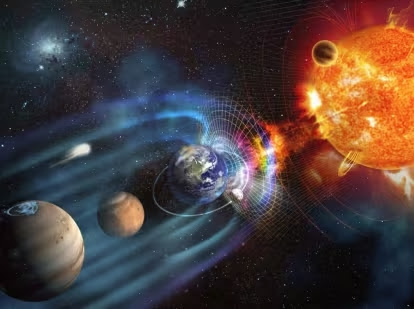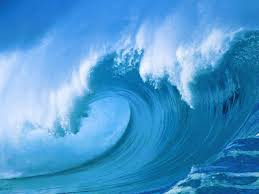
It is natural that when we study the subsoil by injecting current, we must measure with specialized equipment the potential difference between the electrodes that we are using, to determine our apparent resistivity. In order to determine all this, we must make use of elementary mathematics and physics, which the geophysicist must always bear in mind when starting a geophysical study using any geoelectric method.
One of the considerations that we must bear in mind before injecting current into the ground is that we have to have our theoretical physical formulas well defined, one of which corresponds to Ohm's law, since the method of electrical resistivity in direct current is governed by this same law.
So what determines Ohm's Law when a flow of electrical current passes through rocks or sediments?
Ohm's General Law establishes that the potential drop ΔV between two points through which an electric current of intensity "I" circulates, is proportional to this and to the resistance "R" offered by the medium to the passage of the current (1) as expressed by the following equation:
The units of these values correspond to ohms, volts, and amps. Where we determine the volts for the potential difference. Amps for the current and ohms for resistance.
How is this equation proven?
Experimentally, it is shown that the intensity of the current that passes through a body per unit section is linearly proportional to the potential gradient (ΔV / Δl). Therefore, for any section, it will be:
where C, is the conductivity of the material, which is a constant of proportionality.
The Resistance "R" that a body opposes to the passage of electric current is directly proportional to the length and inversely proportional to the section. The constant of linear proportionality ρ (ro) is the resistivity, which is a characteristic parameter of each material.
solving and replacing we have the definition of ohm's law.
In the case of electrical prospecting studies, such as the case of Vertical Electrical Probes, and taking into account an isotropic medium, we can use Ohm's Law to calculate the resistance, multiplying it by the geometric factor of the tetraelectrodic device. Since we are injecting current into the subsoil through our poles that we have installed in the ground and at certain distances from the source of current injection. Likewise, we can measure the intensity of current that the equipment is throwing, the resistance offered by the ground and its potential difference. In this way, we can calculate with the help of our geometric factor the apparent resistivity through which the electric current circulates in the subsoil, in order to determine the type of material that exists at certain depths of study.
BIBLIOGRAPHIC REFERENCES
(1) http://tierra.rediris.es/hidrored/ebooks/miguel/ProspeccGeoelec.pdf
STUDY / SUPPORT MATERIAL



































0 Comments:
Publicar un comentario
No olvides de escribir tu opinión personal de nuestro blog, una página o información que desees comprtir. Todos los éxitos para ti. Gustavo Zavala.